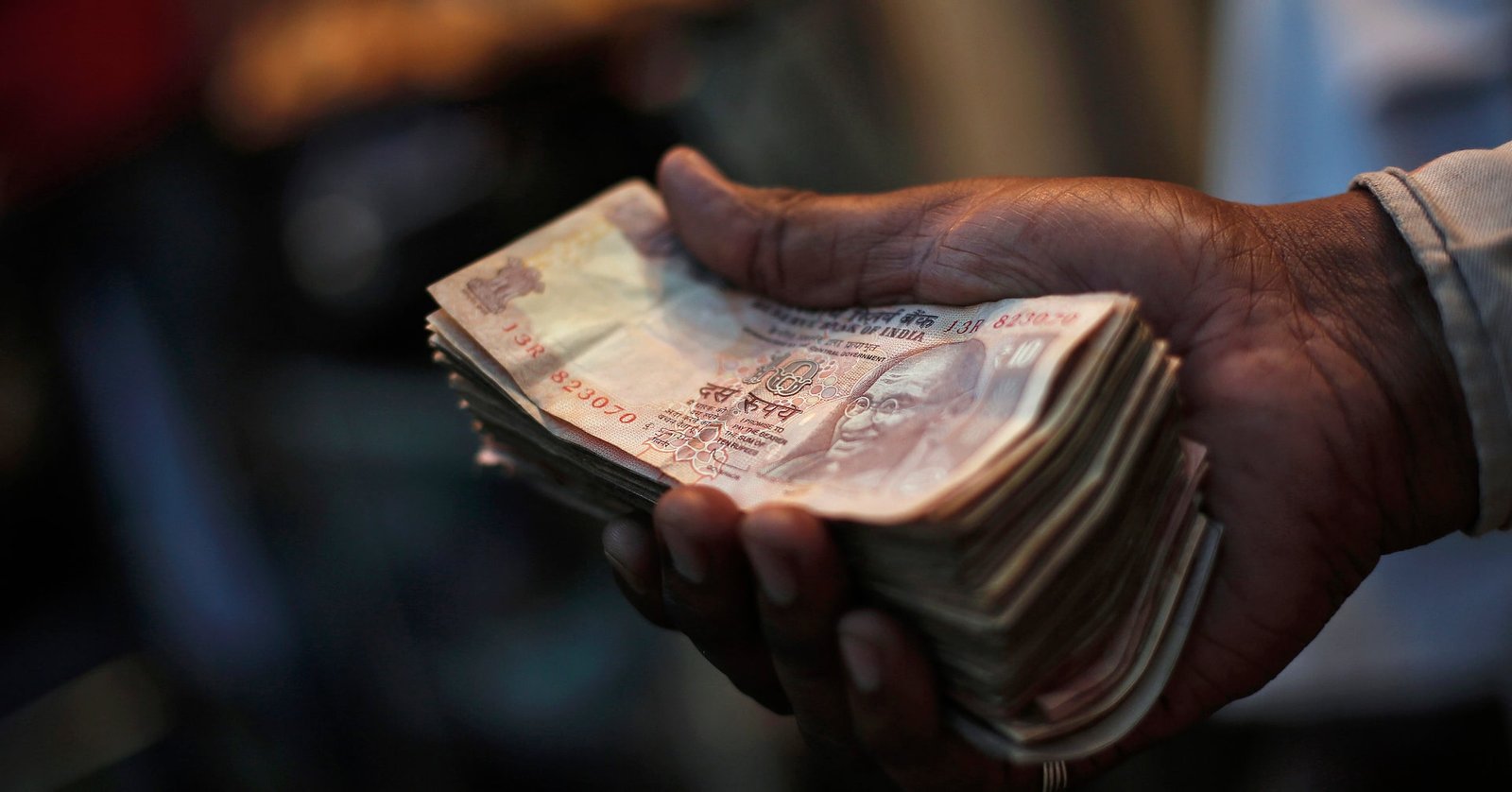What’s going on here?
The Indian rupee closed at 83.3825 against the US dollar on Friday, up nearly 0.2% for the week, thanks to India’s inclusion in the JPMorgan debt index and robust domestic growth. However, political uncertainty in the US could put some pressure on the currency this week.
What does this mean?
Political turbulence in the US and other international election uncertainties are creating a complex backdrop for the rupee. While the US personal consumption expenditures (PCE) price index for May remained flat, raising hopes for potential rate cuts by the Federal Reserve (Fed) later this year, US bond yields have risen. Key events this week include remarks from Fed Chair Jerome Powell, minutes from the Fed’s latest policy meeting, and US labor market data. These could affect investor sentiment and consequently the rupee. An analyst at HDFC Securities anticipates the rupee to hover between 83.20 and 83.65 this week.
Why should I care?
For markets: Navigating the waters of uncertainty.
With the US Federal Reserve potentially adjusting rates and political events looming in multiple countries, including the US and France, market conditions are unpredictable. While Societe Generale notes that US labor demand is softening, it’s not enough to significantly reduce price pressures, keeping the market on edge. Keep an eye on the rupee’s performance and its reactions to these political and economic pressures.
The bigger picture: Global economic shifts on the horizon.
Key global events will impact not just the Indian rupee but broader market trends. The inclusion of Indian bonds in the JPMorgan emerging market debt index has spurred $11 billion in inflows since September, underscoring strong international interest. A portfolio manager at BNP Paribas Asset Management suggests that uncertainties around local and global monetary policies are leading investors to shift to longer maturities to prepare for potentially lower rates. Observing how these strategies and macroeconomic changes play out will be crucial for understanding future financial landscapes.







